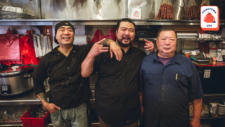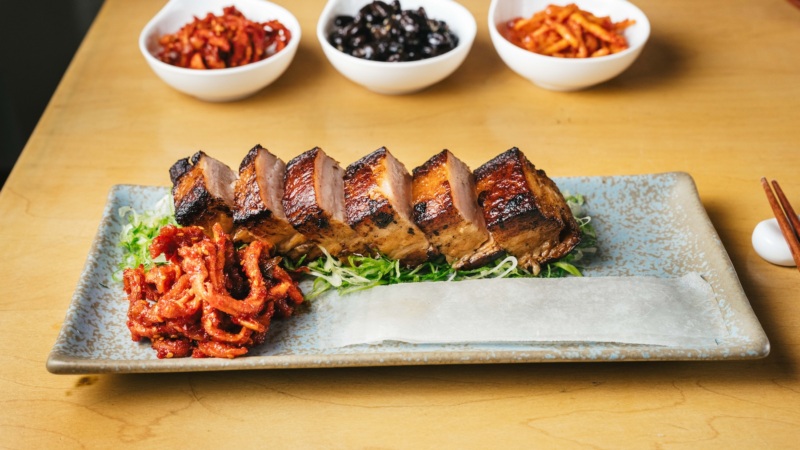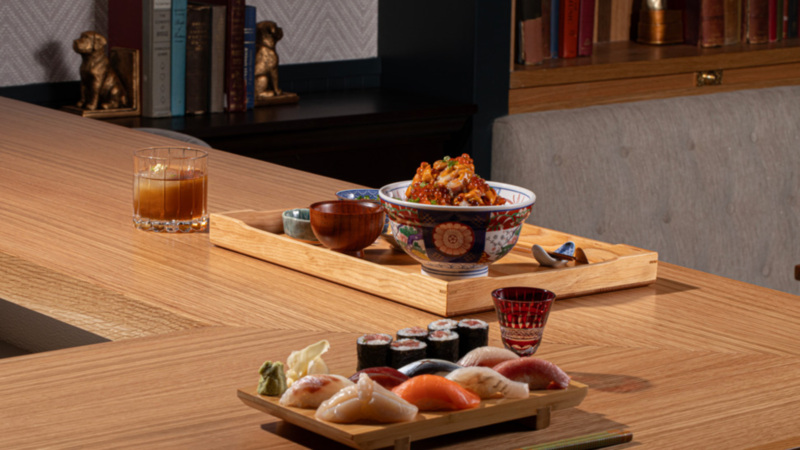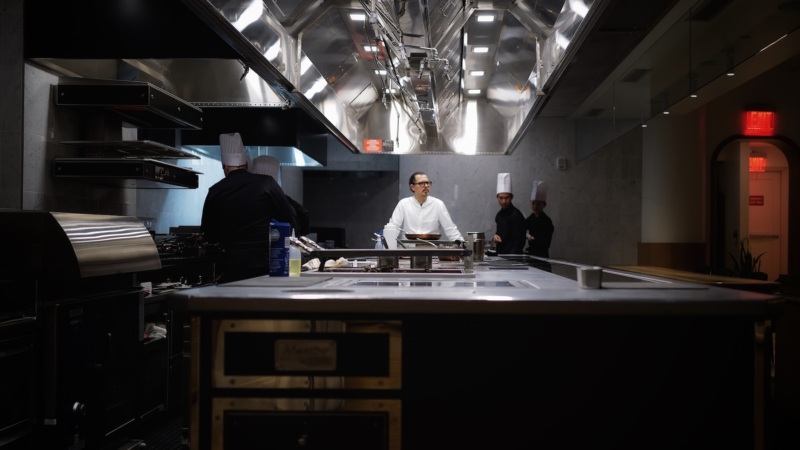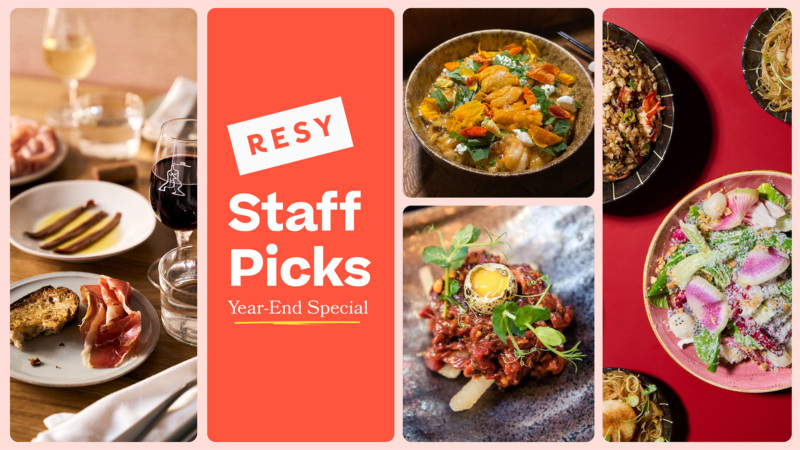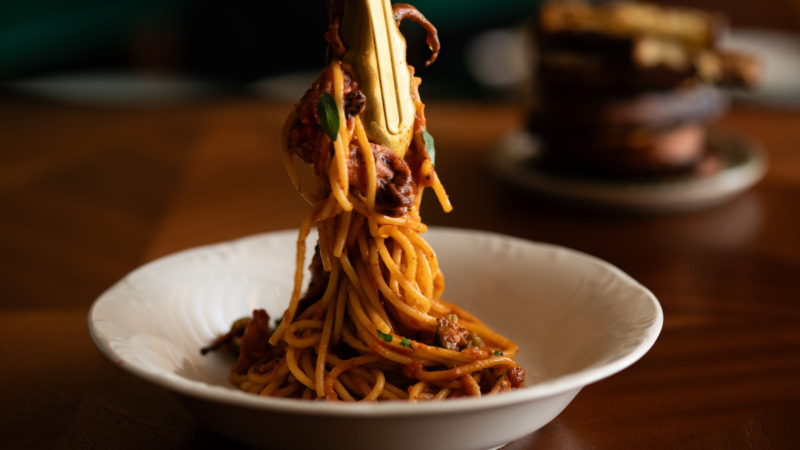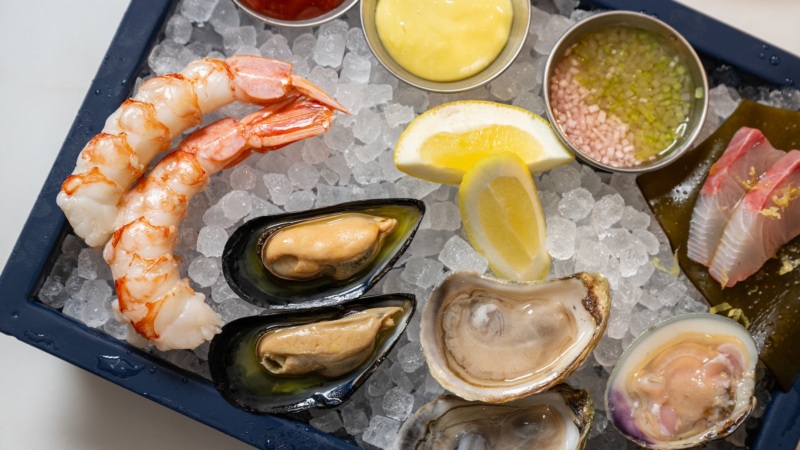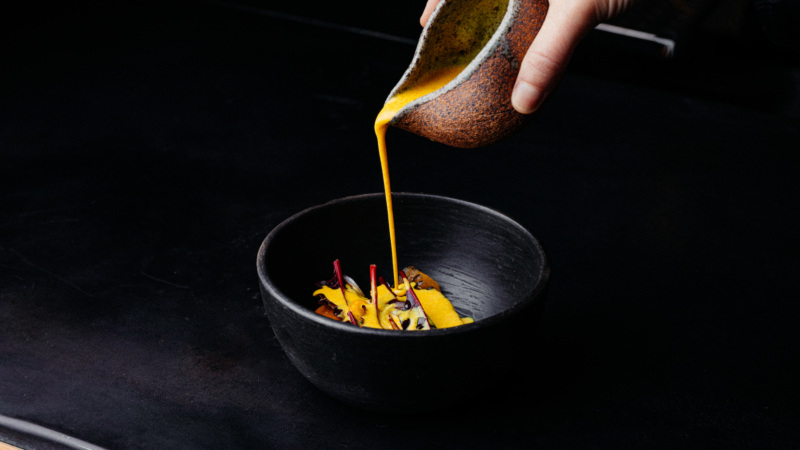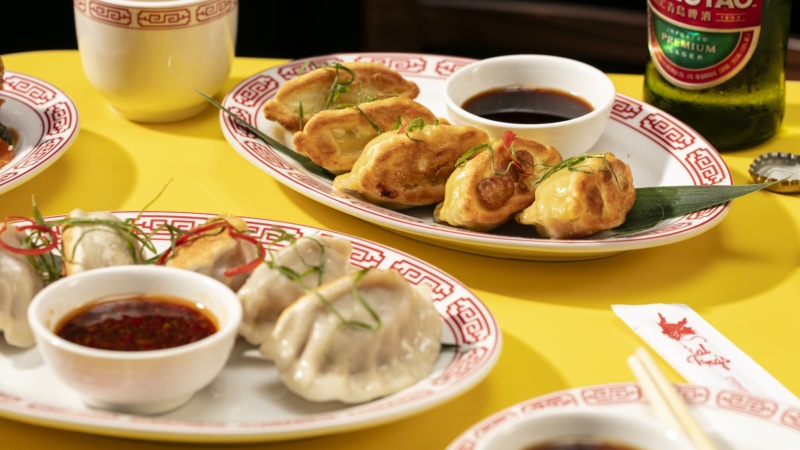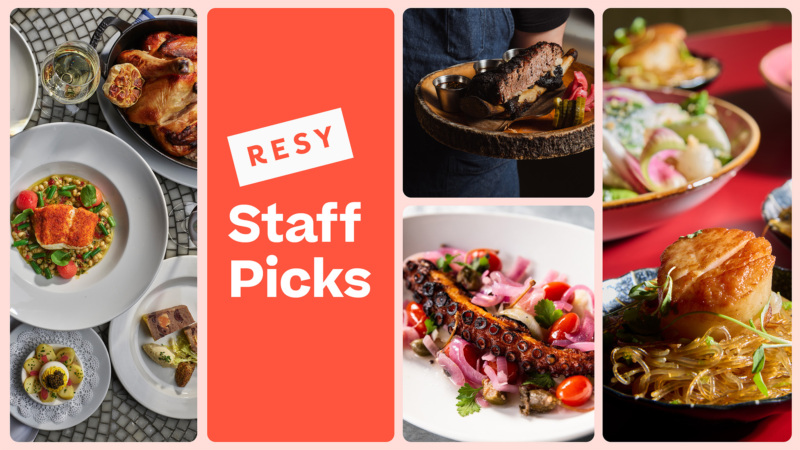
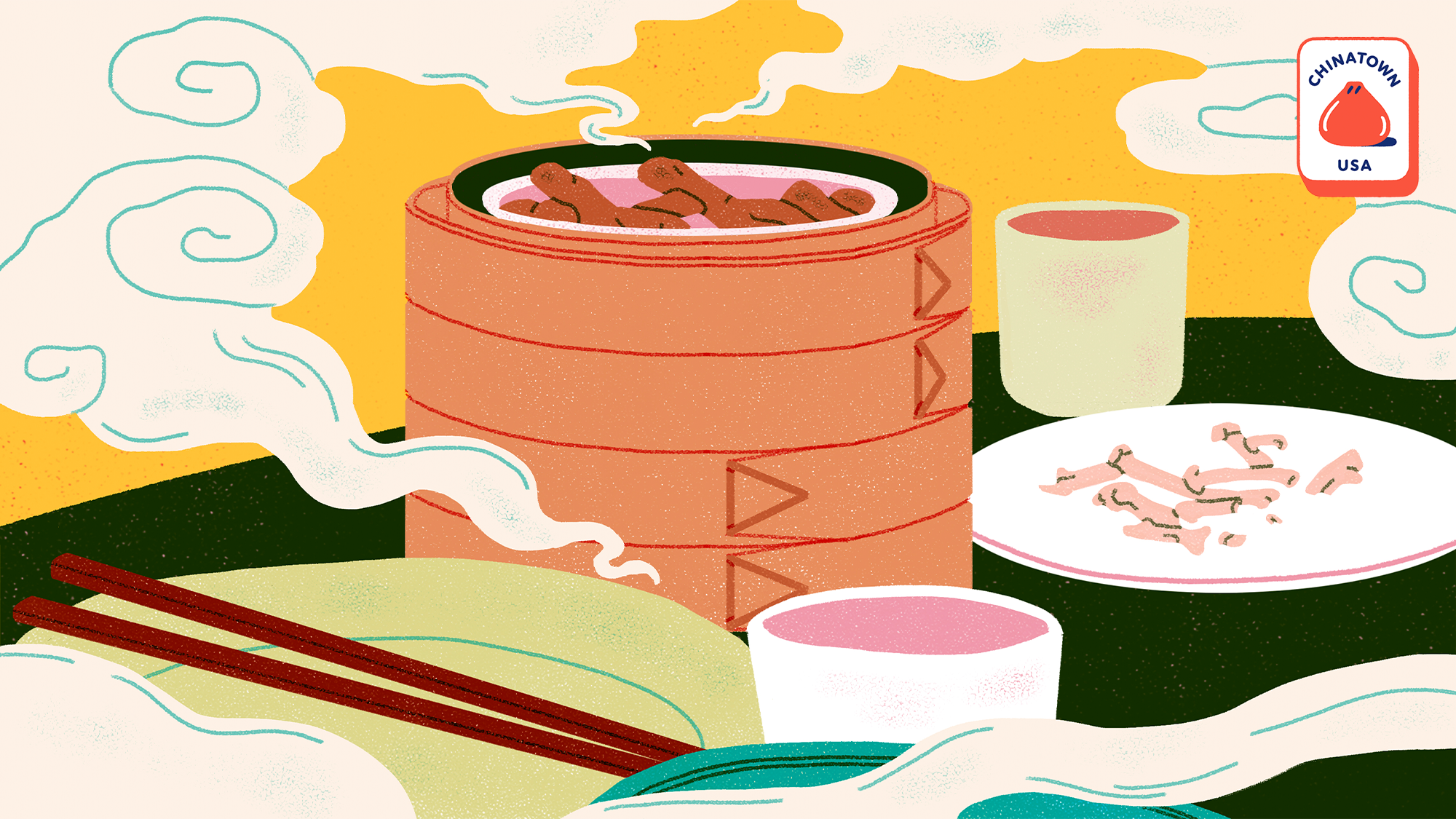
The Meaning of a Dish New York
The Polarizing Beauty of ‘Phoenix Claws’
A pile of little bones, sucked clean of gelatinous tendon and skin, is a sign of a good dim sum brunch had. These leftover knuckles of phoenix claws — more coarsely understood as chicken feet — were deposited on the outskirts of my plate throughout the meals that my family enjoyed about once a month when I was growing up. By the end of our teatime meal, the bones would eventually overtake their small plate.
If the phoenix claws were good on a particular day at one of the banquet hall-type Cantonese restaurants we frequented in New Jersey (the long-gone Empress Garden in West Orange, or North Sea Village in Livingston) and before that, Manhattan’s Chinatown (places like Royal Seafood on Mott St.) then I was determined to eat more than my fill. Because there was no way I was going to experience them at home.
For many, the epitome of good dim sum dishes are juicy pork-and-shrimp siu mai, the always irresistible shrimp-and-bamboo har gao, fluffy steamed char siu bao, and jiggly cheong fun. While these were always welcome, we were somewhat more interested in how good a restaurant’s lotus leaf-scented bundles of sticky rice with pork filling were, or how plentifully stuffed their tofu skin rolls were with slippery, julienned bamboo shoots and pork (my brother’s favorite). We were also discerning when it came to the elastic tenderness of the ginger-scallion beef tripe, one of my mother’s favorites. And, of course, the phoenix claws, my favorite.
Like many dim sum specialties, the process of making phoenix claws is painstaking; after cleaning, the feet are fried so that their skins puff up, and separate from the bone. Then they’re braised in a soy sauce-infused broth until meltingly tender and tinted the color of autumn leaves. They are finished with a sweet-and-savory black bean sauce which can be a little goopy, in an appealing way. I could tell when phoenix claws were really good when the skins were completely sodden with sauce, and nearly fell off the bone as you lifted one out of the dish, like a wet towel poorly draped around the waist.
Now, offal comes in many time-honored shapes and forms — many of them exquisitely prepared. Dishes that originated from the crude trimmings of the butcher’s table, or as homesteader projects, have become crave-worthy obsessions around the globe — think blood sausages, pate de campagne, or tacos de cabeza or lengua. Today, their execution remains largely in the hands of specialists, whether street-cart vendors or fine-dining chefs, rather than home cooks — and the better their efforts, the less sense it makes for the home cook to attempt.
But in Chinese cuisine especially, where texture often stimulates as much as taste, nose-to-tail (or foot) eating is not stigmatized, nor overly hyped. And you can’t hide the part of the animal from which phoenix claws come by putting them, say, inside a taco. Perhaps that’s why, even though they help make a collagen-rich stock, chicken feet aren’t often enjoyed on their own outside of East Asia. And they can be difficult to attain for home cooks, especially in the United States, which has in fact historically supplied much of China’s demand for chicken feet.
Of course, with phoenix claws, it’s not just the what but the how of enjoying this dish that can be problematic for the uninitiated. Similar to black-bean-sauce spareribs, another dim sum item that’s steamed to the softness of pudding, eating phoenix claws requires you to spit out the bones. My white American (and Cantonese-speaking) father instructed my brother and I early on how this was done, popping a whole morsel into his mouth and churning it around like a washing machine before spitting out the stripped bones. A well-prepared phoenix claw will have most of that work done for you; your tongue merely encourages the bones to separate from supple cartilage and skin.
I had early indications that this was a polarizing food. A friend of my brother’s in elementary school, who joined us for dim sum once, declared he had nightmares about chicken feet ever since. When I talked them up to one of my non-Chinese cousins, during an extended family gathering, she looked disgusted. In fact, none of my non-Chinese family members, save my father, would touch them. Therefore, my family and I usually went to dim sum by ourselves or with a small network of Chinese American families in New Jersey that we were friends with — mostly through a mutual need to eat good Chinese food. Because no matter if it was dim sum or dinner, the quality of a family-style Chinese restaurant meal grew incrementally with the number of people seated at your table. The more people, the more dishes you could dazzle yourself with.
Even if I did find chicken feet from an Asian butcher, and figured out how to prepare them perfectly, it wouldn’t be worth it to me. There wouldn’t be all the clatter and chaos of a bustling banquet hall during weekend dim-sum brunch. There wouldn’t be the people to interact with, or to study. Yes, nostalgia. But some dishes are best kept to the realm of restaurants, the key to mastering them kept elusive — so the enjoyment of them can rise to the same lofty status as that of a mythological beast.
Cathy Erway is a James Beard Award-winning food writer and the author of The Food of Taiwan and The Art of Eating In. She hosts the podcast Self Evident, exploring Asian America’s stories. Follow her on Instagram and Twitter. Follow Resy, too.



